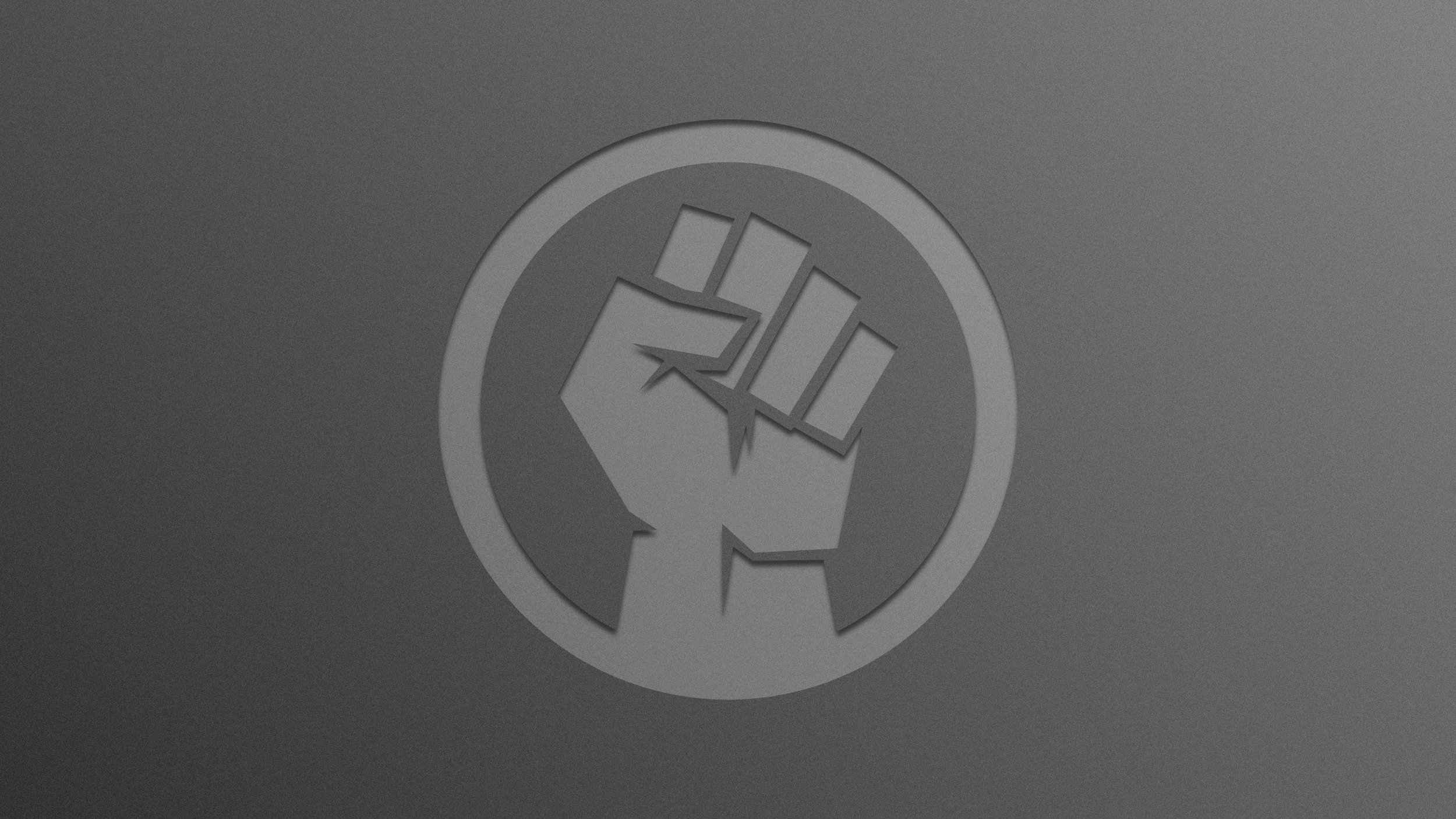
inconvenient mlk
Skills Utilized
Graphic Design
Initiating A long overdue conversation on race.
putting Uncomfortable (but necessary) truths on display.
engaging 10+ million witnesses who can't look away.
During the Black Lives Matter protests of the mid-2010's, I found myself reading Dr. Martin Luther King's Letter from a Birmingham Jail, and was struck by how much of it was still relevant, more than 50 years after it was written. In many cases, one could've replaced the word "Birmingham" with "Ferguson" and the truths in that letter would ring just as loudly.
On the one hand, it was a testament to the enduring wisdom of Dr. King. On the other, it was an infuriating tragedy to see just how little America had truly learned since 1963.
I saw this in my own life, where some white people I knew had nothing to say about police killing Michael Brown, Eric Garner, Alton Sterling, and so many other unarmed Black men and women. However, when a 2016 BLM protest turned deadly, and five police officers were killed, that's when I saw those same white people suddenly calling for peace, condemning the protests, and sharing quotes about love and compassion from Dr. King's I Have A Dream speech.
My immediate reaction was,
"Oh, I see. So you're going to quote MLK and call for peace when police officers die, but not quote MLK and cry for justice when Black people get killed by police?!"
Such is the American caste system, where a significant chunk of the white population are more likely to show compassion and empathy for police officers, but not the Black civilians they kill.
Upon witnessing that, I thought:
"I know what's going to happen: once MLK Day comes around, some white people will continue to post the same tired quotes about love and compassion from Dr. King's I Have A Dream speech, and be done with it.
Not this time. Let's see what happens when I create some new MLK graphics for people to chew on."
And so, I went about designing new graphics with selected quotes from Letter from a Birmingham Jail. For these quote graphics, I used photos from both the civil rights protests of the 1960s as well as the Black Lives Matter protests of the mid-2010s.
All photos were converted to black & white. Making these photos all look like they came from the same time period emphasized how little has changed, how Dr. King's message still resonates today, and how much white America still has in common with the white moderate of 1963 - the people in whom Dr. King expressed so much disappointment and frustration.
As a bonus, I made graphic style a tribute to Barbara Kruger - an artist who also knew how to make bold sociopolitical statements with her work.
I shared the graphics leading up to MLK Day in 2017, and they exploded across social media. Some of the most influential public figures who posted and shared them included:
• Activist DeRay McKesson
• Author Brené Brown
• Actor Matt McGorry
• Activist / pro-athlete Colin Kaepernick
• Journalist Phil Lewis
• Activist Eliel Cruz
Based on only the most influential people who spread the word, the graphics had an estimated reach of at least 10 million when they first went viral. In the weeks that followed, I kept seeing the graphics popping up in unexpected places - printed out as protest signs, published in media outlets, and more. Somehow, strangers all over the country managed to get in touch with me, asking to feature the graphics in their blogs, display them in their churches, or use them as a discussion point in their school classrooms.
And to this day, more than 5 years after I first shared them, I still get messages from individuals all across the country asking if they can share the graphics in their classrooms, churches, and communities.
That's what's been especially rewarding - to know that my work is influencing younger generations to take a hard look at history, to have deeper & more meaningful conversations about race, and hopefully bring about a more just world than the one I was born into.
Shaking someone's conscience awake - causing them to self-reflect, feel convicted, and then motivated to be a better person — I will always count that as one of the most meaningful things I'll ever do as a designer.
All photographs in this project belong to the respective photographers who took them.

































